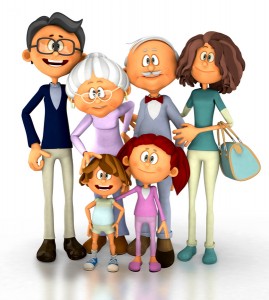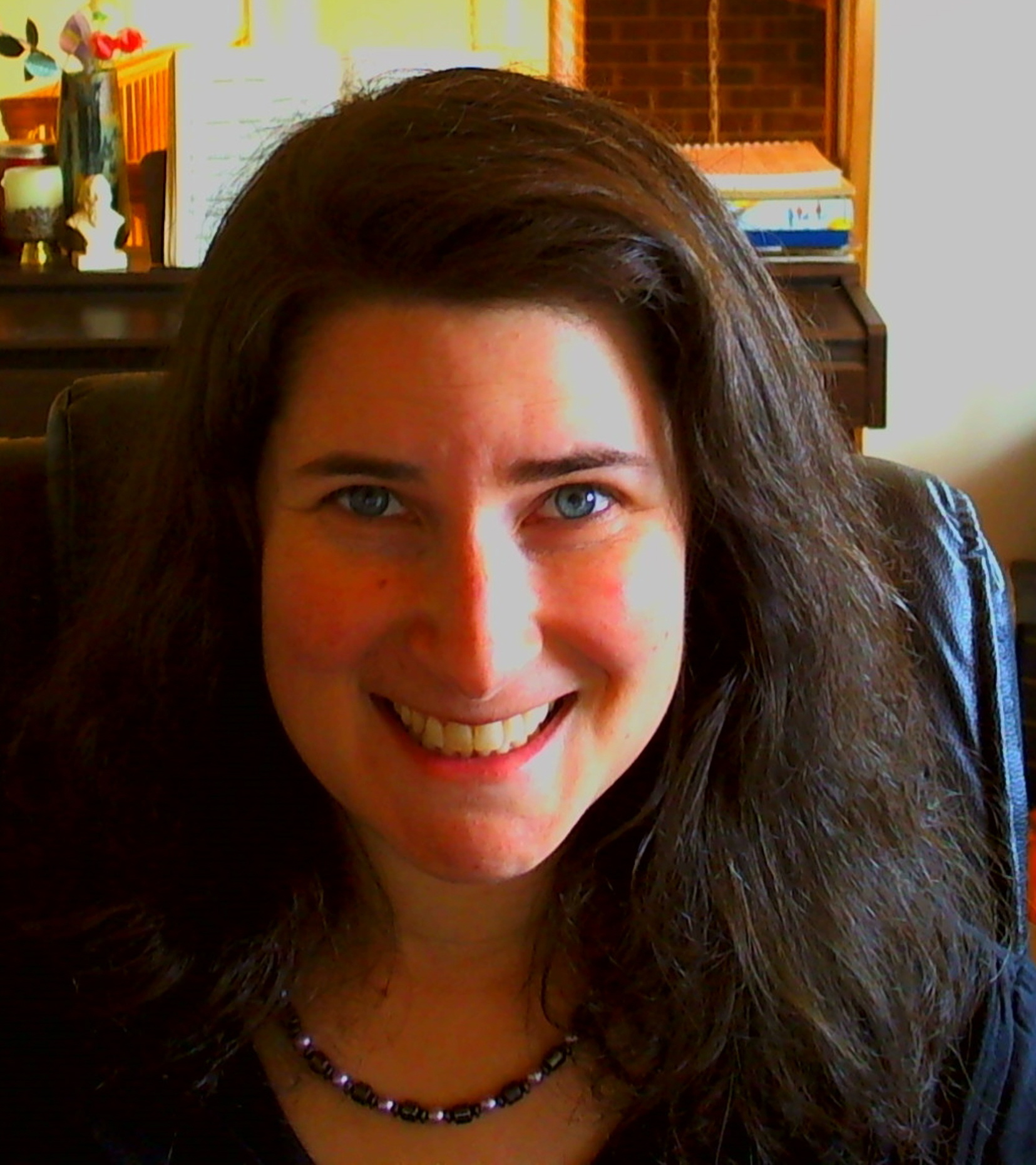The Arts and Humanities Are Alive and Well — Just Watch the Millennials – an article that I found this morning by Christine Henseler.
The arts and humanities might be going through a rough patch, but if you ask the Millennials they can tell you that disciplines such as classical music, visual art and fiction are alive and well. You may not find them living and breathing in your museum or symphony halls, in hard cover books or on century-old canvases — but you might discover that their hearts are now beating to the bits and bytes of a new tempo.
In a nutshell, the writer is posing examples of how art is changing, but it is still art, and it is still around. The main change is the fact that this generation loves to be in control of their own arts spaces. They like to find ways to connect, create, and share their art.
The article goes on to sight Instagram, mashups, instruments made out of carrots…meaning, the younger generations are witnessing art and creating a new form of it with respect to the old.
The ending argument is that we need more support and education of the arts to nurture the creativity of the younger generations, not less. The writer also wants us to embrace the rebirth of the arts instead of focusing on the death of the arts as we have come to know them.
So let’s stop talking about the death or decline of the arts and humanities. Let’s explicitly engage with its rebirth. Let’s keep an eye on the Millennials and let’s give them the support and training they need to lead the way.
Henseler had me until this last statement. We cannot continue catering to only one generation or another. There are five generations right now that could be enjoying the arts. We need to connect with and support all of these generations. If we were to only “watch the Millennials” we will continue to have this outrageous gap in attendance we are currently experiencing in the arts.
I know her point was to show us that younger generations do partake in the arts, yet perhaps on their own terms. However, I am very wary of continuing down this path of singling out only one generation to focus on. She did sight a Gen X example, in her defense, but this quick statement wasn’t enough to weigh toward generation equality.
It does concern me that we keep compartmentalizing and narrowing our focus on a few rather than the whole. From the Culture Track 2014 report, I did highlight the finding that the highest attendance comes from the Millennials and the Silent generations. I feel it is because these are the only two generations we seem to be focusing on. We are skipping the two generations in the middle! Are we calling these generations a lost cause?
It is time to stop the “just watch the Millennials” mentality. Again, there are five generations that could be enjoying the arts. Let’s watch and support all of them.
Cheers to happy and loyal audiences,
Shoshana
Shoshana Fanizza
Chief Audience Builder






To clarify, I did like the original article and the intent of the author. I saw an opportunity to point out an issue, a specific challenge we are having in audience development, that is not being discussed enough. Yes, we should cater to the Millennials, a bright generation, and we should cater to the other generations that could enjoy the arts as well!
Hi Shoshana,
This is a great topic. Audience development is not about singling out one generation over another; but, doing our best to interact personally and authentically across all the generations that support our work.
Keep up the insightful posts!
-Megan
Thanks, Megan!